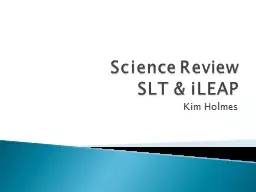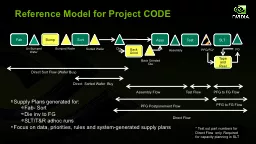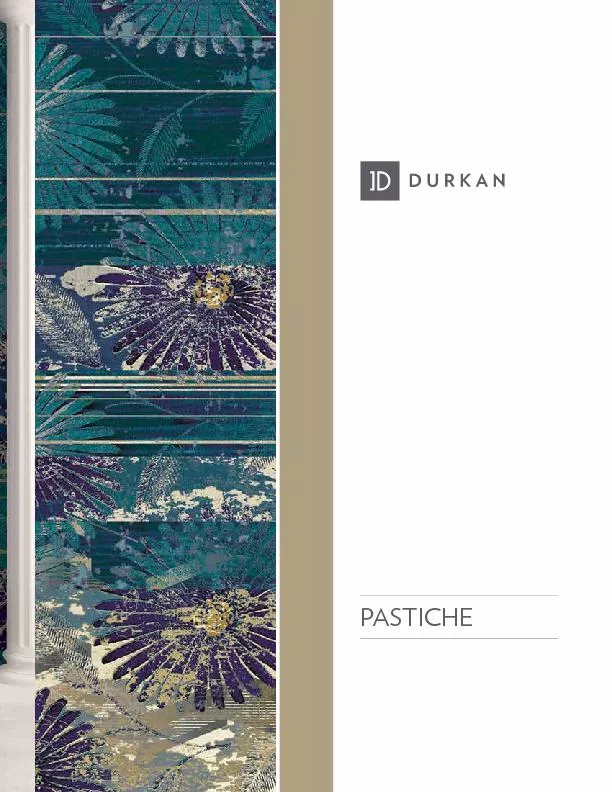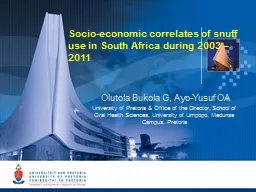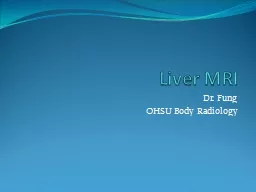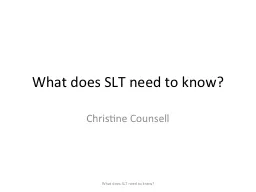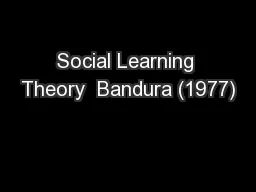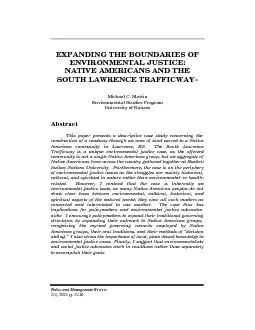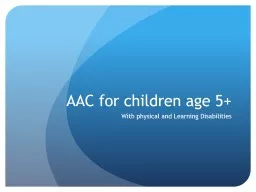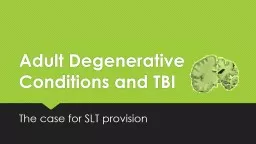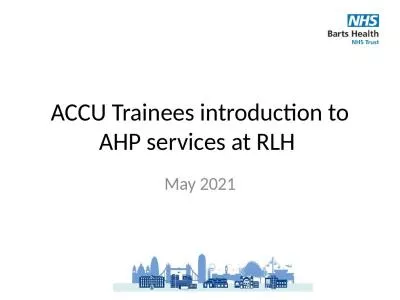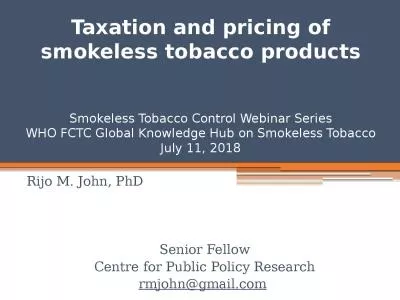PPT-Science Review SLT &
Author : natalia-silvester | Published Date : 2018-12-04
iLEAP Kim Holmes Zane designed an experiment to find out if gardenia plants grow better in wet soil or in welldrained soil He planted six small gardenia plants in
Presentation Embed Code
Download Presentation
Download Presentation The PPT/PDF document "Science Review SLT &" is the property of its rightful owner. Permission is granted to download and print the materials on this website for personal, non-commercial use only, and to display it on your personal computer provided you do not modify the materials and that you retain all copyright notices contained in the materials. By downloading content from our website, you accept the terms of this agreement.
Science Review SLT &: Transcript
Download Rules Of Document
"Science Review SLT &"The content belongs to its owner. You may download and print it for personal use, without modification, and keep all copyright notices. By downloading, you agree to these terms.
Related Documents

